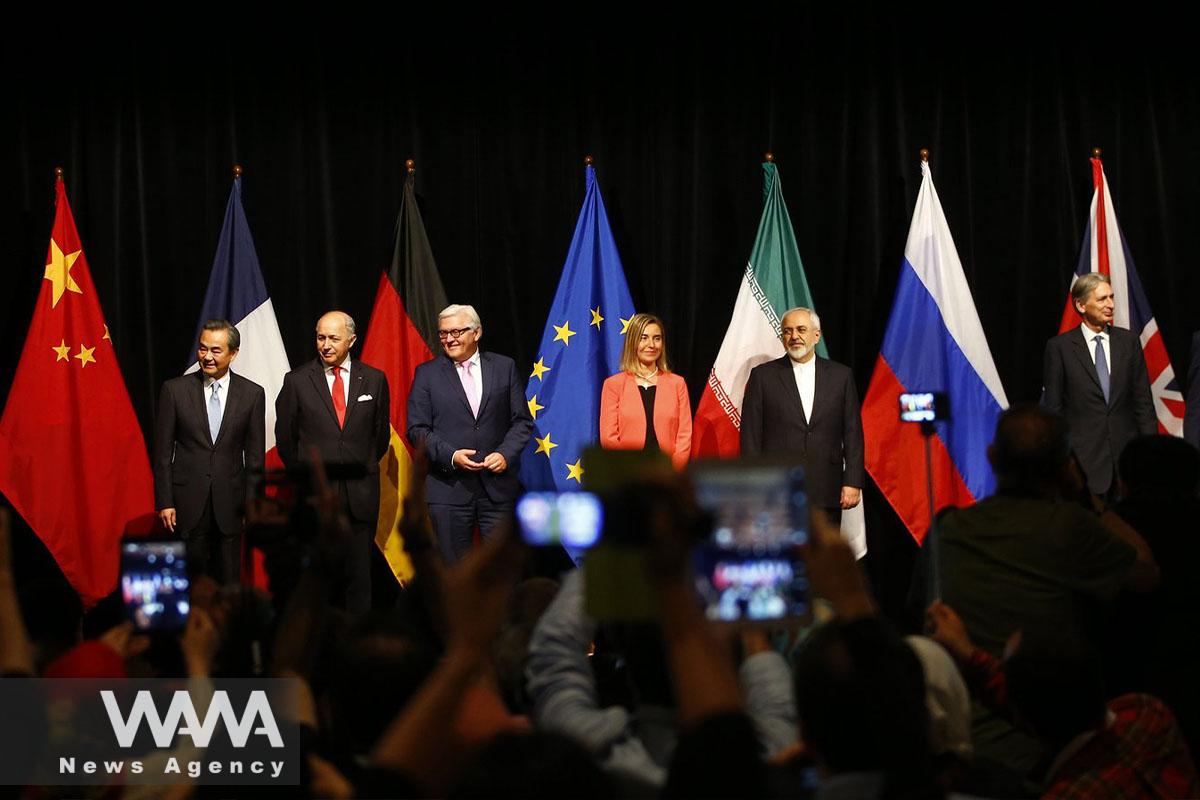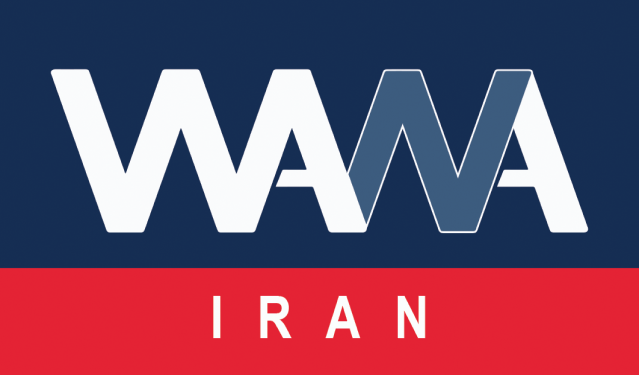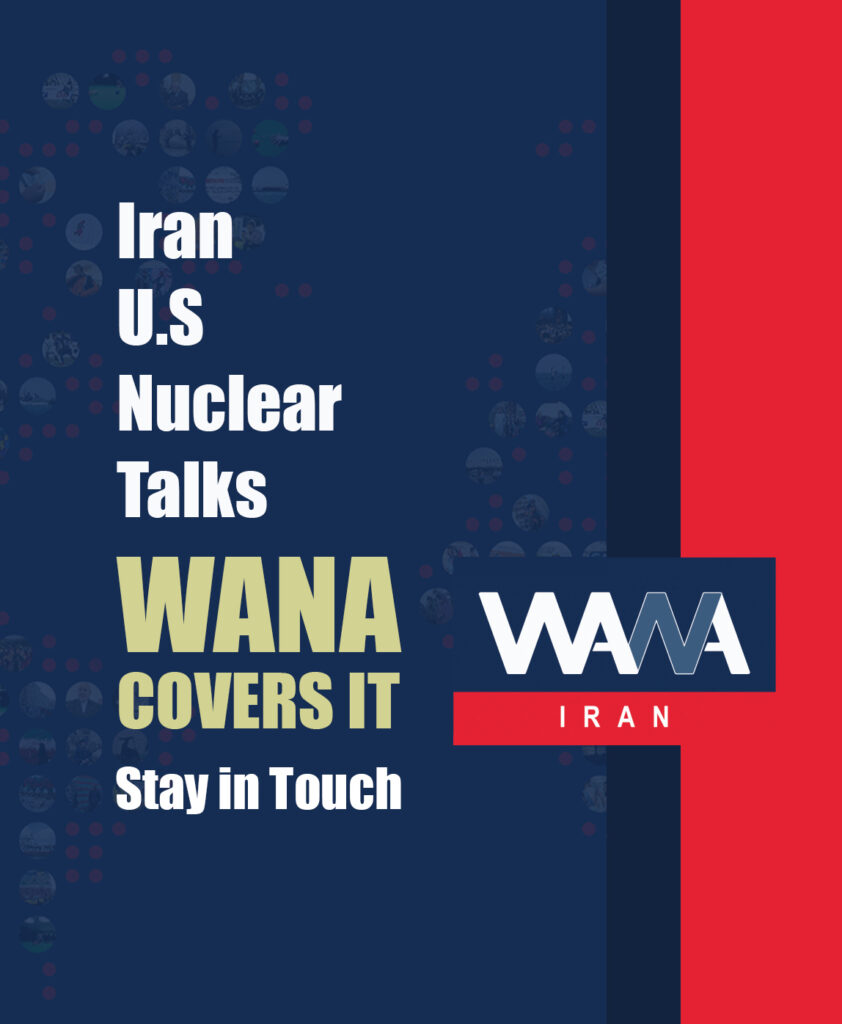Diplomacy Against the Snapback Mechanism
WANA (Dec 30) – “The year 2025 is a pivotal year for Iran’s nuclear issue,” declared Iran’s Foreign Minister, Seyed Abbas Araqchi, during his first visit to Beijing since assuming office. This statement, made just days before the new year, highlights a key date within the 2015 nuclear deal (JCPOA).
According to the JCPOA, October 2025 marks the expiration of UN Security Council Resolution 2231. This date will determine whether the promises made in the nuclear deal—lifting sanctions against Iran—are upheld or whether adversaries exploit loopholes within the agreement to trigger the snapback mechanism, thereby reactivating all suspended UN Security Council resolutions.
When the JCPOA was signed in 2015, it was anticipated as the conclusion to long-standing disputes over Iran’s nuclear program. However, certain provisions—such as Articles 26 and 37—left openings for renewed pressure against Iran. These clauses now represent a serious challenge as Western powers push to activate the snapback mechanism, potentially ushering in a new and arduous phase of negotiations over Iran’s nuclear program.

Nuclear deal negotiators pose for a photo at the UN building in Vienna, Austria.
The mechanism, referred to as “the snapback”, enables a swift reinstatement of anti-Iran sanctions if Western nations accuse Iran of non-compliance. Under this framework, any complaint raised by a member country is reviewed by the JCPOA Joint Commission, giving Iran a 30-day window to address the accuser’s concerns. Should no resolution be achieved, the case is forwarded to the UN Security Council, which has a month to vote on whether sanctions will remain suspended. However, Western negotiators structured the voting process to strip Russia and China—the main allies of Iran—of their veto power.
In this system, rather than voting on the return of sanctions, members vote on “continuing the suspension of sanctions.” As such, even one Western member’s opposition would lead to the automatic reinstatement of the previously suspended resolutions: 1696, 1737, 1747, 1803, and 1929.
Limited Economic Impact of Snapback Activation
Despite concerns surrounding the snapback mechanism, the reimposition of suspended Security Council resolutions would have minimal additional economic impact on Iran. Most of the economic pressure Iran currently faces stems from unilateral and secondary U.S. sanctions rather than UN Security Council resolutions. Since the U.S. withdrew from the JCPOA, the intensified sanctions from Washington have outweighed the impact of multilateral UN measures.

The Final Opportunities for the JCPOA
WANA (Dec 21) – One of the reasons behind the urgency of renewed negotiations over the JCPOA (Joint Comprehensive Plan of Action) is the approaching expiration of a specific provision in the agreement in October 2025. If the remaining 10-month period passes without successful negotiations, the “snapback” mechanism will be triggered automatically, reinstating the […]
Resolution 2231, which consolidated and suspended the previous sanctions resolutions, has had no effect in mitigating the extensive sanctions imposed by the U.S. Thus, reactivating those resolutions will not fundamentally alter the existing sanctions framework.
However, snapback activation could erase the JCPOA’s primary achievement: the suspension of anti-Iran resolutions in the UN Security Council. This would further strip the agreement of its remaining political and diplomatic value.
Potential Iranian Responses
Western powers are well aware that such actions would not go unanswered. The Islamic Republic has repeatedly warned that it has numerous options on the table in response to snapback activation. Exiting the Nuclear Non-Proliferation Treaty (NPT) represents the minimum response, with a shift in Iran’s nuclear doctrine also considered a possible outcome.

Revisiting the Nuclear Fatwa of Iran’s Supreme Leader: Change or Adaptation?
WANA (Nov 09) – The issue of nuclear weapons and the stance of the Islamic Republic of Iran on this subject remains one of the most contentious topics in international politics. A key element of Iran’s policy is rooted in a fatwa (religious decree) by Supreme Leader Ayatollah Khamenei, which prohibits the use and development […]
The Role of Diplomacy
Despite the looming threats, Iran remains committed to diplomatic avenues for reducing tensions provoked by Western parties. The Foreign Minister has acknowledged that should a new agreement fail to materialize before the JCPOA’s expiration, European nations might proceed with snapback measures. This admission underscores Iran’s openness to reaching a new agreement—one that respects its red lines, includes binding guarantees from the U.S., and emphasizes an action-for-action principle.
Strategic Partnerships: Iran and China
In this context, Araqchi’s visit to China reflects Tehran’s efforts to bolster diplomatic alliances to counteract Western provocations. As a permanent member of the UN Security Council and a key party to the JCPOA, China holds significant sway in shaping nuclear negotiations. Shared strategic interests between Iran and China in energy, financial exchanges, and countering Western hegemony strengthen this partnership.
The timing of Araqchi’s Beijing visit—coinciding with increased Western pressure and snapback discussions—illustrates Iran’s intent to craft new coalitions capable of neutralizing hostile measures from Western states.

The Strategic Weight of Araghchi’s Visit to China
WANA (Dec 28) – Seyed Abbas Araghchi’s visit to China as Iran’s Deputy Foreign Minister coincides with a relative de-escalation of tensions in West Asia, offering an opportunity to expand ties with the eastern part of the continent. This trip, initiated at the beginning of the calendar year and at the invitation of Wang Yi, […]
Upcoming Negotiations and Tehran’s Approach
In the coming weeks, another round of talks between Iran and the three European signatories to the JCPOA will take place, centering on nuclear issues. Iran has clearly stated its readiness for equitable negotiations, calling on Western nations to de-escalate tensions.
Constructive collaboration between Iran and the International Atomic Energy Agency (IAEA), including unprecedented access provided by Tehran to key nuclear facilities, has been met with hostility in the form of anti-Iran resolutions from the IAEA Board of Governors. Such actions may prompt Tehran to adopt more stringent measures with serious implications for the West.

Iran Warns Against Misuse of Snapback Mechanism
WANA (Dec 18) – The Iranian Ambassador and Permanent Representative to the United Nations has emphasized Tehran’s commitment to diplomacy and dialogue while warning European countries that any misuse of the snapback mechanism will be met with a decisive and proportional response from Iran. During a UN Security Council meeting on Resolution 2231 and […]
Key to Progress: Avoiding Snapback and Embracing Diplomacy
While the complexities of the coming year present significant challenges, they also offer an opportunity to rebuild cooperative relationships. Progress, however, hinges on Western powers abandoning provocative measures like the snapback mechanism in favor of diplomacy.
If Western nations persist on the path of escalation, the cost of Iran’s potential countermeasures could prove substantial. Ultimately, avoiding snapback and prioritizing diplomacy remain the most viable paths to resolving ongoing tensions and securing a sustainable agreement.












